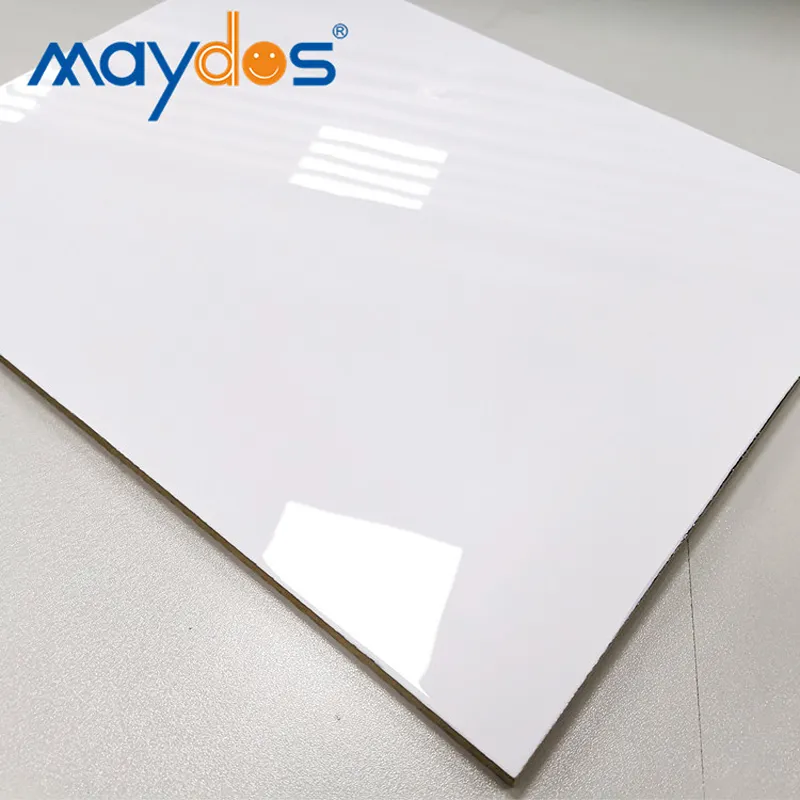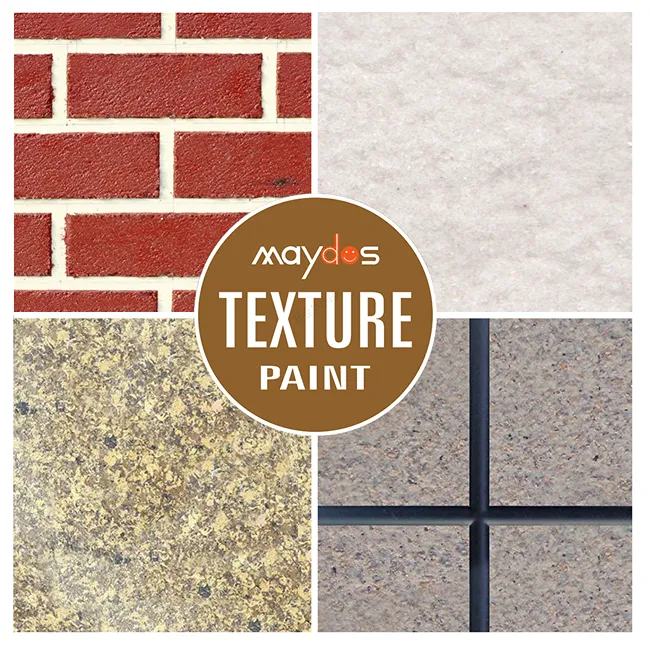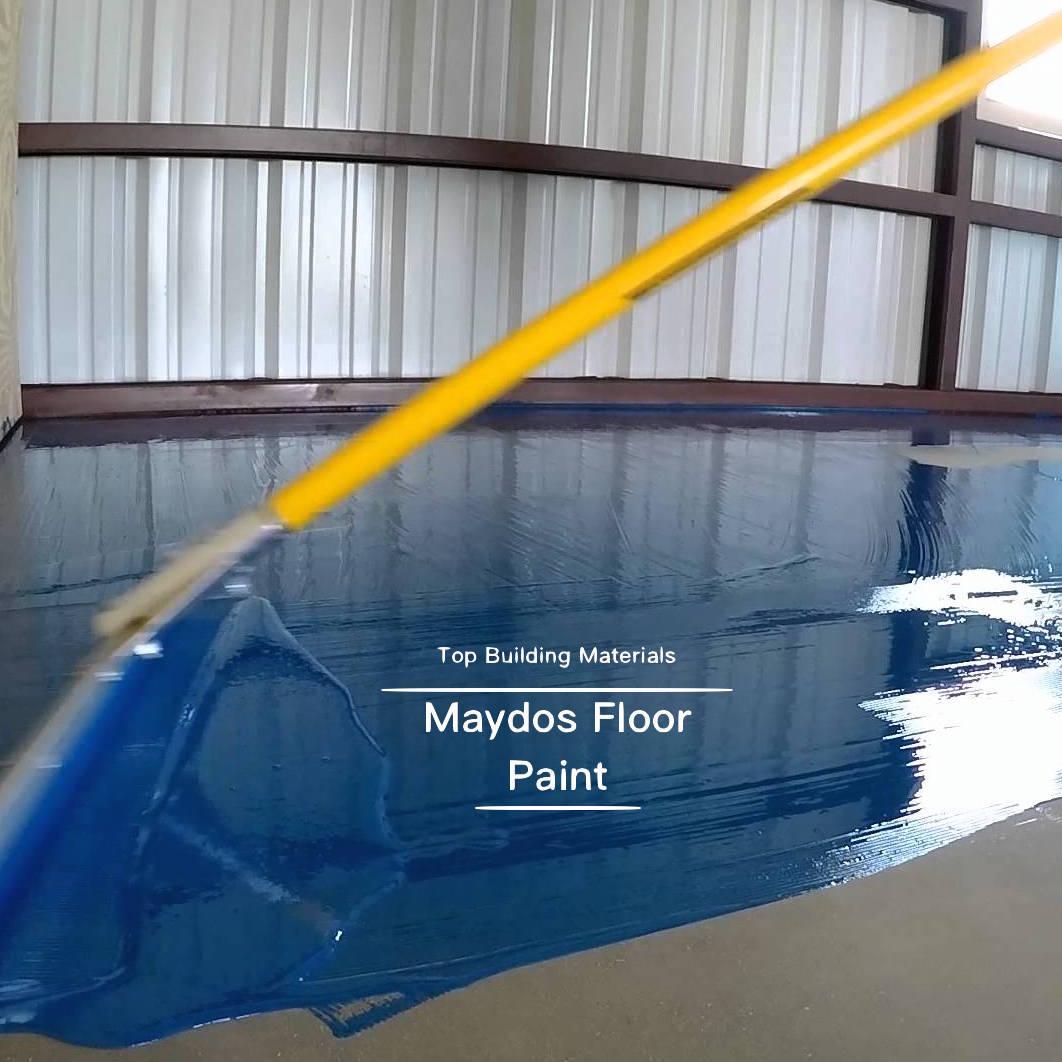Wood Paint
Wood paint is a great way to give a tired piece of furniture a fresh look. Whether you’re rehabbing an old table or totally rehabbing a flea market find, a new paint job can be just what the piece needs to breathe life back into it.
Before you begin, make sure to prepare the wood properly for painting. This will help prevent any rot or warping and make the surface of the wood more even and smooth for painting.
Paint Types
When it comes to decorating a wooden surface, the best type of paint will depend on what look you want to achieve and whether you’re happy to use a primer and sealant or an all-in-one product. It’s also important to choose eco-friendly wood paints that are made with natural pigments and are safe for the environment.
The most common types of wood paint include water-based acrylic craft paint, latex paint, and chalk paint. Each one has its own unique characteristics and can be used on a variety of surfaces.
Water-based paints are ideal for a more antique-like finish that is less glossy and more matte in nature. These paints are available in an array of different colors, and they’re a good choice for wood furniture that will be displayed in a variety of settings.
They can be used on a variety of materials and can also be applied with brushes or rollers, making them convenient to use on woodcraft projects. They are also affordable and can be purchased in small quantities to suit the scope of your project.
You’ll also need to consider the type of wood you’re painting, as some varieties require more attention before they can be painted than others. For example, knotty pine or other dark and tannin-rich woods often need a primer to provide a solid foundation for your paint job.
Another thing to consider when painting a wood surface is the sheen that you’d like it to have. Some people prefer a smooth, matte finish to their paint job while others are looking for something that will produce a shiny effect.
If you’re looking for a sheen that will reflect light and create a shine, you may want to pick an oil-based paint. These paints are durable and will stand up well to daily wear and tear.
These paints are also fairly easy to apply, making them a popular choice for crafters and artists who want to add a little bit of style to their projects. They also come in a wide range of colors, and they can be used for any kind of wood craft project, from a rustic-style cabinet to an ornate mirror.
In addition to these paints, there are also some that are specifically designed for a more natural and organic feel. These paints can be used on a variety of wooden surfaces, and they usually include natural pigments and oils in their formula.
They can also be a good option for painting small wooden objects, such as wooden jewelry boxes or photo frames, since they can be purchased at a reasonable price and don’t require a special primer to adhere to the surface. They’re also safe to use on small pieces of furniture because they don’t contain a lot of chemicals that could be harmful to the environment.
Preparation
Before painting any wood surfaces, it’s important to prepare them properly. This ensures that the paint will bond well to the surface, last a long time, and look good when finished.
First of all, the surface you are painting needs to be clean and free from debris and dirt. It should also be free of a coating of oil or grease that may interfere with the adhesion of paint to the wood.
Another step in the preparation process is to apply primer to the surface. Primer helps to protect the wood from moisture, sun damage, and fading. It can even be used to help with stripping old paint if necessary.
A coat of primer can also be used to hide scratches, dents, and other imperfections on the surface of the wood that you’re painting. A primer can be applied with a brush or roller. It’s important to make sure that you’re applying the primer in a way that is consistent with the grain of the wood so it will look natural and smooth when the paint dries.
Once the primer has been applied, sand the wood surface thoroughly. This will help the primer to adhere to the wood and will also help the paint to bond to the surface, resulting in a smoother appearance.
The next step in the painting process is to choose the type of paint you are going to use. This will depend on the type of wood you are painting and what type of finish you want to achieve.
You can choose between water-based and oil-based paints. Water-based paints are usually more resistant to stains than oil-based paints. They are also less prone to chipping and peeling.
If you are planning to use an oil-based paint, be sure to purchase a paint primer that is designed to protect the wood from bleed-through of organic compounds like tannins. This will prevent your paint from turning brown as it dries.
Finally, be sure to allow your wood to dry completely before you begin painting it. This is particularly important if the wood has a high moisture content, since the paint could peel off before it dries.
After you’ve completed your prep work, you are ready to start the actual painting portion of the project. Just be sure that you take your time and do a great job of applying the paint. This will make your project a lot more enjoyable and prevent you from having to redo it later.
Whether you’re using an acrylic craft paint or an oil-based paint, be sure to read the directions carefully. This will help you to make the right decisions about how much paint to use and where to put it.
After you’ve completed your prep work, the rest of the painting process is simple. Just follow the instructions on your paint can and make sure you are following the steps of the project in order to get a beautiful, professional result.
Primer
The primer you use with wood paint can make a huge difference. It’s the first thing you should do before you apply any type of paint, and it’s important to know what kind of primer you need to get the best results.
There are three basic bases that you can choose from: water-based, oil-based, and shellac. They’re all designed to bond with different surfaces, but which one will work best for your particular project depends on several factors.
If you’re working with a stained wood surface, you’ll need to use a product that’s specifically designed for covering stains. Often, this will be a shellac-based product. This can be a great choice for a variety of projects, as it can be used on new, raw wood as well as older pieces that have been painted or stained.
Another advantage of using a shellac-based primer is that it tends to dry faster than water-based options. This makes it an ideal choice for projects that are likely to be moved around frequently during the painting process.
This primer is a good option for a variety of jobs, from painting wood floors to adding a protective coat to a fence. It’s great for preventing moisture from seeping through the wood and can help prevent mold from growing.
It’s also great for sealing stains and odors from oil, nicotine, and other materials that may find their way into the finished project. This is especially beneficial for older, stained pieces that have taken on a lot of dirt and grime over the years.
You’ll need to use a high-quality brush to spread the primer, and you should let it dry completely before sanding it down with fine 220-grit sandpaper. This can take a while, but it’s the only way to ensure that the primer is smooth before you start applying paint.
Aside from covering stains and sealing odors, primer can help protect the wood from pests as well as harmful environmental factors. It also makes the paint adhere more securely to the wood, which can prolong the life of your final project.
Whether you’re painting a wooden door, a fence, or a tabletop, you need to use a primer before you start applying the paint. It’s the only way to ensure that the final finish will be as durable and long-lasting as possible.
The primer you choose should also help to protect the wood from rain, sleet, and snow. These types of elements can cause the paint to peel and flake, so it’s essential that you get a primer with these properties.
This primer from Zinsser is a classic shellac-based product that’s a popular choice for painters, and it’s easy to see why. It’s a little more expensive than other products, but it’s worth the price. It’s quick-drying and will protect your wood from a variety of elements, including water, salt, and UV radiation. The only downside is that it’s not recommended for mildew and mold-prone areas, so you’ll want to avoid using it in kitchens or bathrooms.





















